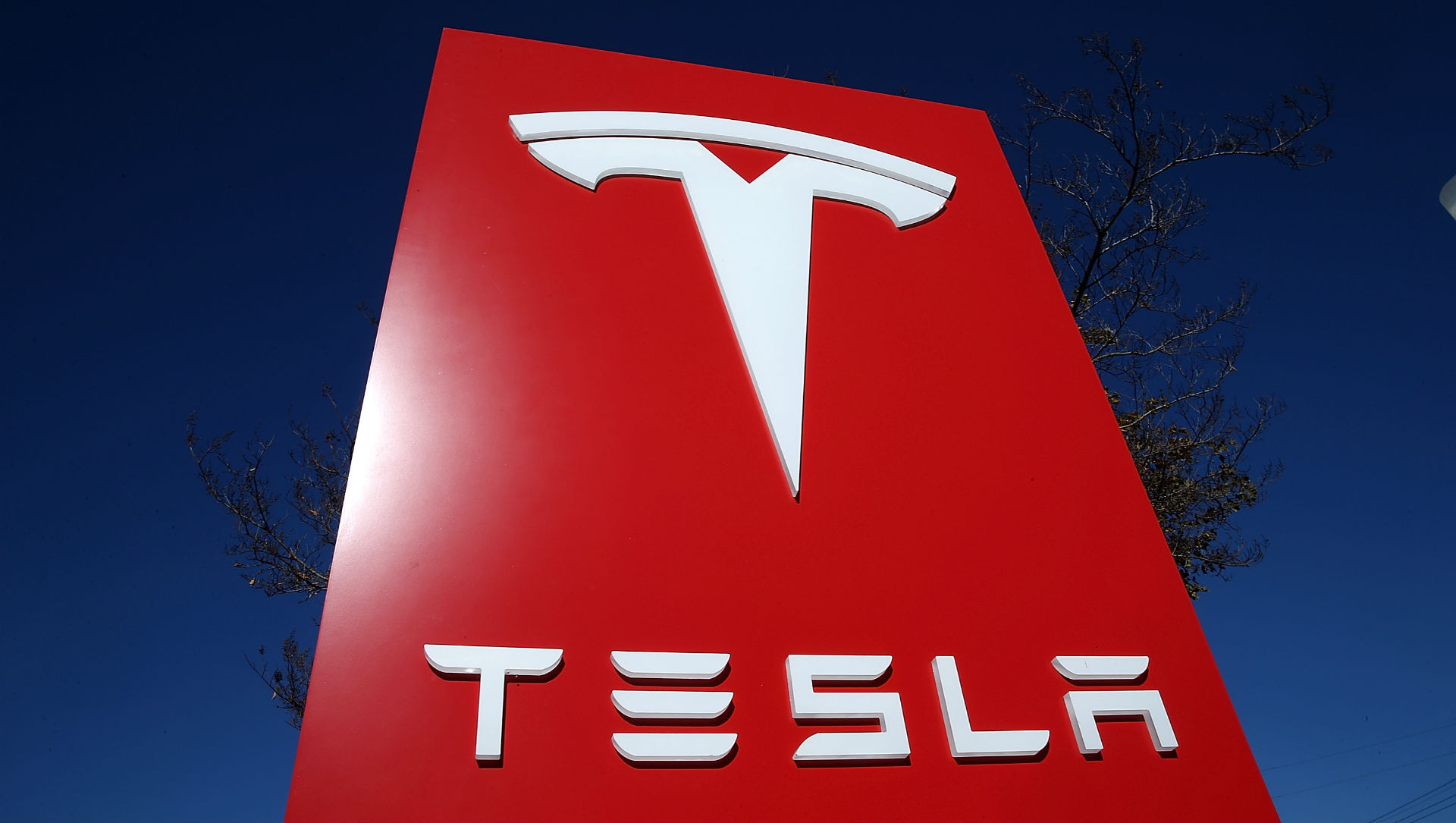

Bad news for those living in Germany who are considering buying a new Tesla. A Germany governmental agency has made the decision to exclude Tesla vehicles from its approved list of electric vehicles eligible for government subsidization, reports Reuters. This comes after various reports to the same agency focused on the brand’s flagship luxury sedan, the Model S, being too expensive to qualify.
In May 2016, German officials made the decision to launch a campaign to speed up the adoption of electric cars by introducing a subsidy for new purchases, similar to the program which the United States recently tried to dismantle. According to the specifics, any battery-only vehicle would receive a 4,000 euros ($4,750) government-sponsored discount at the time of purchase, and a hybrid would receive 3,000 euros ($3,500).
As many as 400,000 vehicles would be covered in a “first come, first serve” model, with a hard end date in 2020 should the total number of vehicle purchases not be met. Alongside the cost incentive, the government would allocate 300 million euros ($350 million) to build 15,000 new charging points around the country, something which manufacturers have assisted with by forming coalitions to improve charging availability all across Europe.
Unfortunately for Tesla, the subsidy was not intended for use with luxury vehicles, as the cost of the car must remain under 60,000 euros ($71,000) in order to qualify for the subsidy. The automaker feels that this price point was specifically set to exclude its vehicles and would later come to an amicable arrangement with the government to fall within the program’s contingencies.
“The incentive price was intentionally set by the German Government at a level that was specifically intended to prevent Tesla cars from qualifying for it,” a Tesla spokesperson told The Drive. “As a result, Tesla planned to make an appeal to the European Commission, as this was against EU rules. Instead, Tesla and the German Government agreed on an acceptable middle ground that allows Tesla to sell a low option vehicle that qualifies for the incentive and customers can subsequently upgrade if they wish. That is exactly what Tesla has done.”
Tesla’s then configured its “low option” Model S by removing some of the base features to lower the price of the vehicle. However, according to a spokesperson from the German Federal Office for Economic Affairs and Export Controls (BAFA), the Model S was not offered to consumers without this package, making it ineligible for the discount. Tesla responded to the accusation by calling it “completely false” and stating that “anyone in Germany can order a Tesla Model S base version without comfort package.”
The “comfort package” referred to by the spokesperson was the same low option Model S which it had agreed to sell in the agreement met with German officials. Basic features such as the backup camera, folding mirrors, internet radio, navigation, seat position memory, and others were removed in order to create a new optional 5,200 euro bundle. Owners could choose to activate these features by purchasing the package at a later time.
Fortunately, it seems that the Model 3 would likely be eligible for the subsidy right out of the box. Whether the exclusion includes all Tesla vehicles or just the Model S is not yet known, however, given the price point of the Model 3, it would be hard to deny the discount to potential owners one of the most sought-after new electric cars being produced at this time. Hopefully, Tesla will begin international orders before the program’s caps are met.